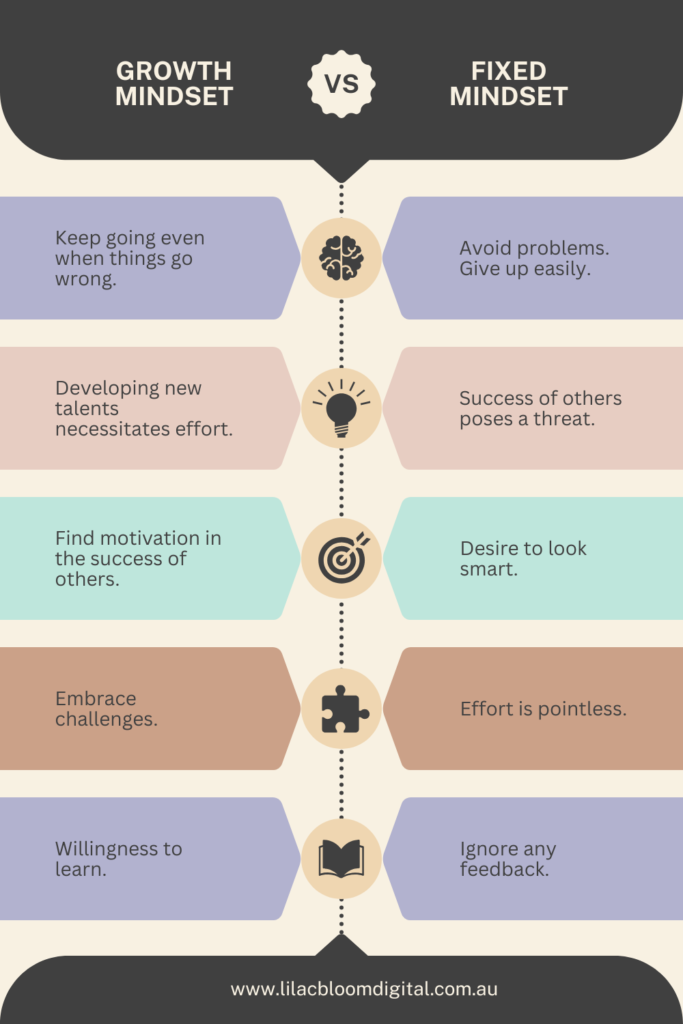Smart Spenders Start Young: Cultivating Wise Money Habits in Kids
We all want our kids to grow up to be financially responsible adults. But financial literacy isn’t something that magically appears when they turn 18. It starts with building good habits early, especially when it comes to spending. Teaching kids smart spending habits is an investment in their future, empowering them to make wise choices and avoid financial pitfalls.

Why Smart Spending Habits Matter:
In a world of instant gratification and targeted advertising, teaching kids about smart spending is more critical than ever. It’s not about denying them everything they want; it’s about equipping them with the tools to make informed decisions about their money. Here’s why it’s so important:
- Building a Foundation for Financial Success: Smart spending habits are the cornerstone of financial literacy. They lay the groundwork for budgeting, saving, and investing wisely.
- Avoiding Debt Traps: Learning to manage spending early can help kids avoid the pitfalls of excessive debt later in life.
- Developing Self-Control: Resisting impulse buys and prioritizing needs over wants fosters self-discipline and responsible decision-making.
- Understanding Value: Smart spending teaches kids to appreciate the value of money and the effort it takes to earn it.
- Promoting Goal Setting: When kids have a clear understanding of their spending habits, they can set realistic financial goals and work towards achieving them.
Key Components of Smart Spending:
- Needs vs. Wants: This is a fundamental concept. Help kids understand the difference between essential needs (food, shelter, clothing) and wants (things they desire but aren’t necessary).
- Budgeting: Even young children can learn the basics of budgeting. Help them track their spending and allocate their money for different purposes (saving, spending, giving).
- Comparison Shopping: Teach kids to compare prices and look for deals. This helps them understand the value of money and avoid overspending.
- Delayed Gratification: Learning to wait for something they want teaches patience and self-control, essential skills for smart spending.
- Mindful Spending: Encourage kids to think before they buy. Ask them questions like: “Do I really need this? Can I afford it? Is there a better option?”

Fun and Engaging Ways to Teach Smart Spending:
- The Allowance System: Giving kids an allowance is a great way to introduce them to managing money. Encourage them to budget their allowance and make choices about how to spend it.
- Grocery Store Adventures: Take kids grocery shopping with you and involve them in the process. Let them compare prices, choose healthy options, and use coupons.
- Setting Savings Goals: Help kids set realistic savings goals and track their progress. This teaches them the power of delayed gratification and the importance of planning.
- Playing Money Games: There are many fun and educational games that can teach kids about money management. Board games like Monopoly Jr. or online games can make learning fun.
- Real-World Experiences: Involve kids in real-life financial situations, like opening a savings account or making a purchase decision. This provides valuable hands-on experience.
Age-Appropriate Strategies:
- Younger Kids (5-7): Focus on basic concepts like needs vs. wants and saving for a specific toy. Use visual aids like picture charts and make learning fun.
- Older Kids (8-12): Introduce more complex ideas like budgeting and comparison shopping. Involve them in age-appropriate financial discussions.
- Teenagers (13+): Talk about long-term financial goals like college or a car. Help them explore different saving and investment options.

The Importance of Mindset:
A child’s mindset plays a crucial role in their spending habits. Kids with a growth mindset, who believe that abilities can be developed through hard work and dedication, are more likely to embrace challenges and persevere when things get tough. This translates to their financial lives as well, making them more resilient and resourceful when it comes to managing their money. A fixed mindset, on the other hand, can lead to fear of failure and avoidance of financial challenges.
Building a Foundation for Financial Well-being:
Teaching kids smart spending habits isn’t just about saving money; it’s about building a foundation for their financial well-being. It’s about empowering them to make informed choices, avoid debt traps, and achieve their financial goals.
Resources:
Our Saving Seed Money Bundle for kids explores decision-making, wants vs. needs, and the importance of a positive money mindset in a fun and engaging way. Check it out to help your kids develop essential financial skills!

The Saving Seed Money Bundle For Kids
Grow Your Child’s Financial Future with Saving Seeds!
Our comprehensive kit empowers kids to learn essential money management skills through fun and interactive activities. With a workbook filled with engaging exercises and a parent guide offering expert advice, your child will develop a strong foundation in saving, spending, and earning. Watch as they blossom into financially savvy individuals!
The Takeaway:
Start teaching your kids about smart spending habits early. Make it fun, engaging, and relevant to their lives. By instilling these valuable skills, you’re setting them up for a lifetime of financial success.
